Look past the pink and white spec that Hello Kitty would approve of and you’ll find the end of the road for combustion-powered, manual-gearbox, mid-engined Porsche convertibles. With the next generation of Boxsters due in 2025 and confirmed to be electric, this 2024 Porsche 718 Boxster has sung its final swansong. But not before we give it one last go.

The 982-generation of Boxsters are now eight years old, but their shape and silhouette have aged well. Skillfully drawn and wonderfully compact and precise in proportion, these are dimensions that you won’t find on new cars this side of a Toyota 86 or Mazda MX-5. And just look how bloated even the Porsche 911 has become.
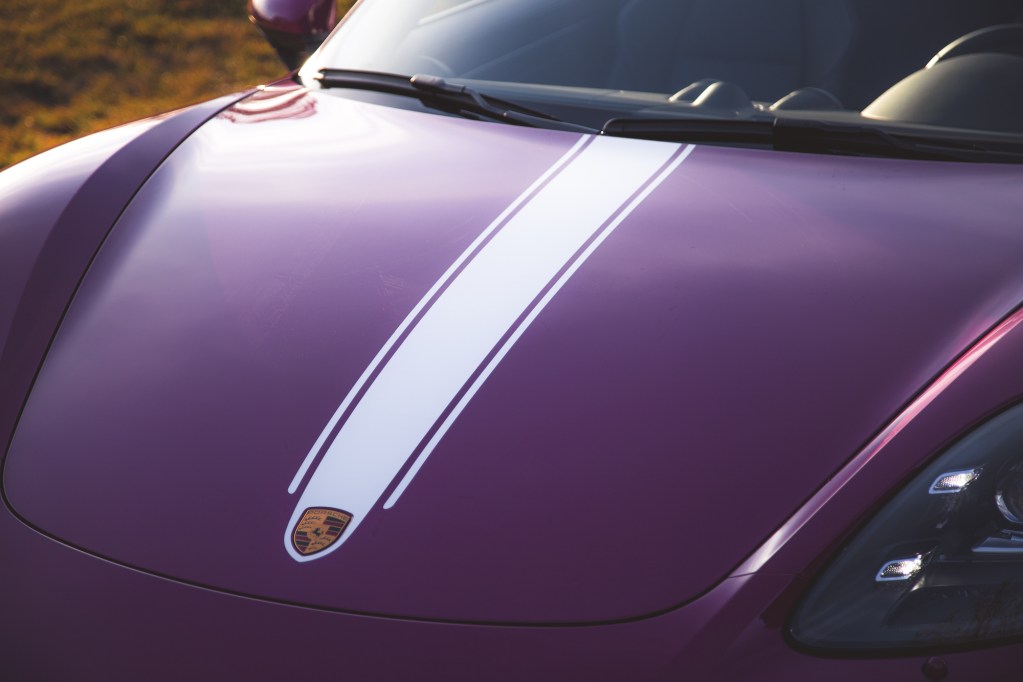

The Style Edition is a new trim for the 718 lineup, slotting above the base model and below the S. It essentially takes the base model and adds some visual flair. That means new exterior paint colours are carefully matched with a vertical hood stripe and PORSCHE door decals. There’s even a BOXSTER script camouflaged into the fabric top.
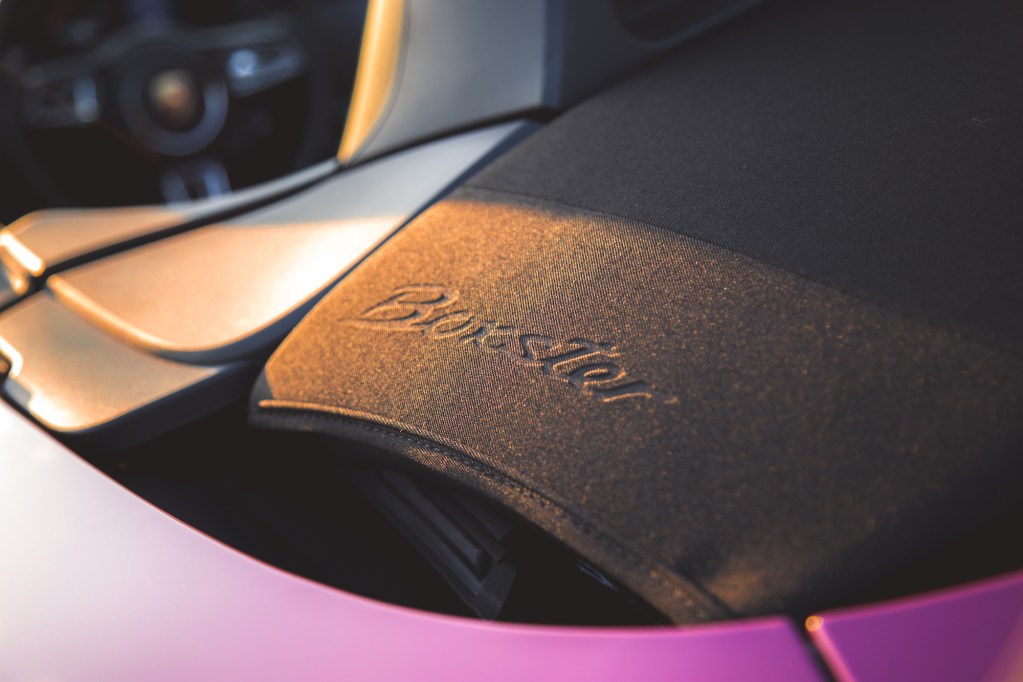
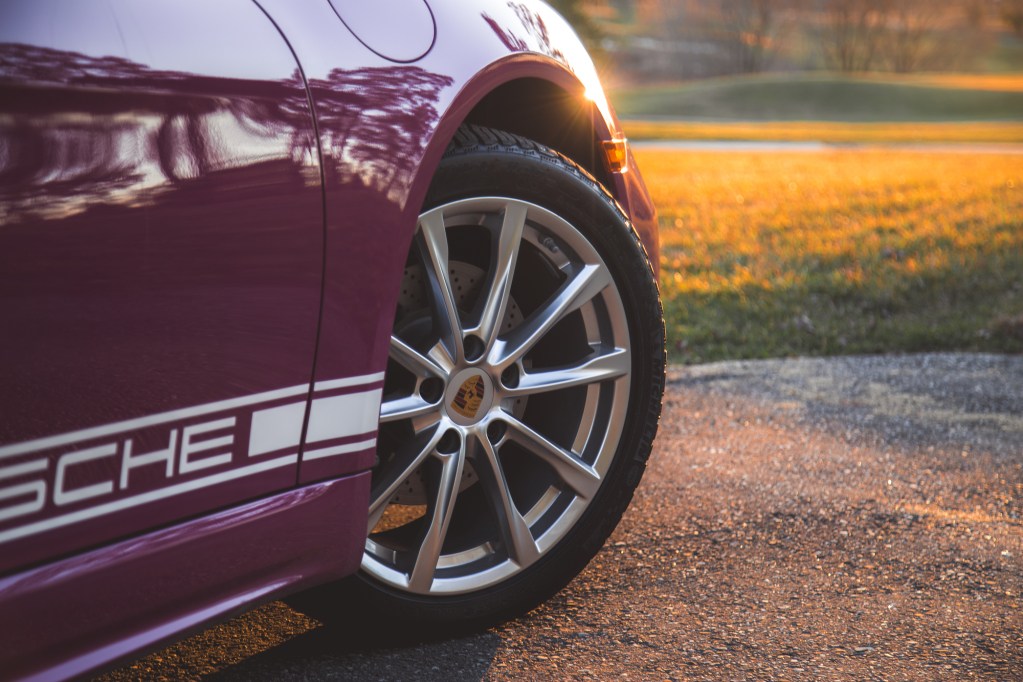
In addition, there are white 20-inch wheels (ours had silver 19-inch wheels because of the winter rubber equipped), matching white model badges, and black exhaust tips. If you are feeling bold, then perhaps the new Ruby Star Neo paint colour (also known as Rubystone Red) will suit your fancy, a vivid colour that pays tribute to the Porsche 964 Carrera. Admittedly, it’s not as pink or as feminine as you’d expect. More of a cross between magenta and fuchsia, non-metallic, and very flat. Wherever you go, it will make a visual statement.

The Style Edition further adds a black leather interior with chalk stitching, Porsche crests on the headrests, and illuminated BOXSTER script on the door sills. You might be surprised that there are a handful of standard features too (yes, on a Porsche) like heated seats, heated steering wheel, sports exhaust, auto-dimming mirrors, backup camera with front and rear sensors, and dual-zone climate control.
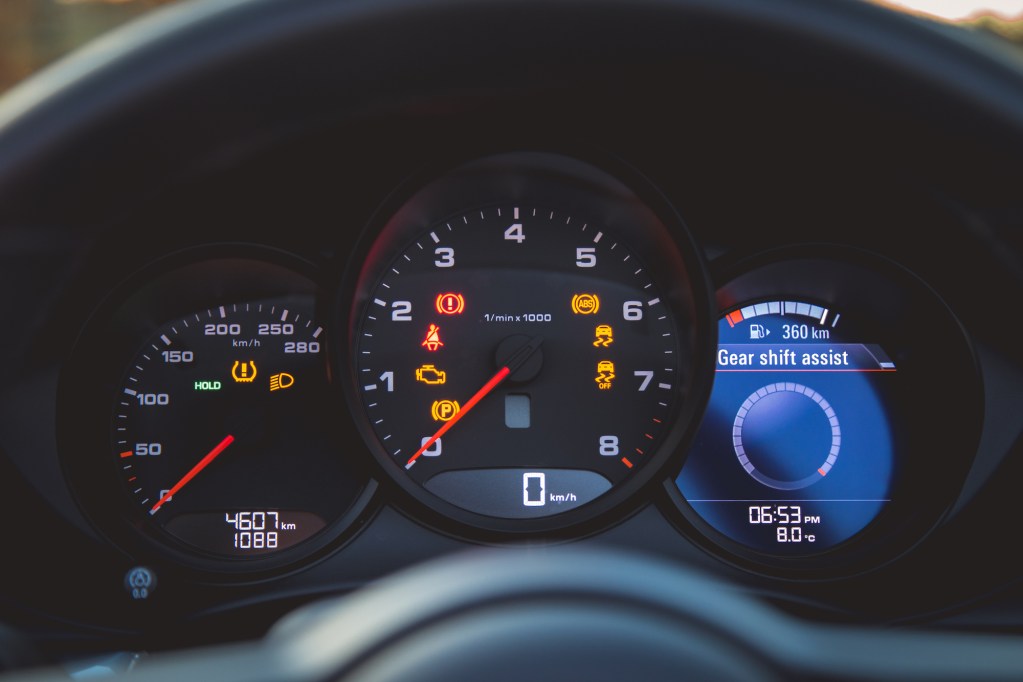
The rest of the 718 Boxster Style Edition remains unchanged from the base model, including the 2.0-litre turbocharged flat-four engine that generates 300 horsepower and 280 lb-ft of torque. A six-speed manual transmission is a no-cost option, while a PDK will set you back $3,660. The manual will not only save money but also 30 kg in weight. Although it’s slower from 0-100 km/h by two-tenths of a second (5.1s vs. 4.9s), we’d argue that it’s infinitely more engaging on the road. With many new sports cars entering the field, such as the Lotus Emira, Mercedes-AMG SL 43, and Chevrolet Corvette Z06, the 718 will need every bit of performance and driver involvement to stand out in the field.
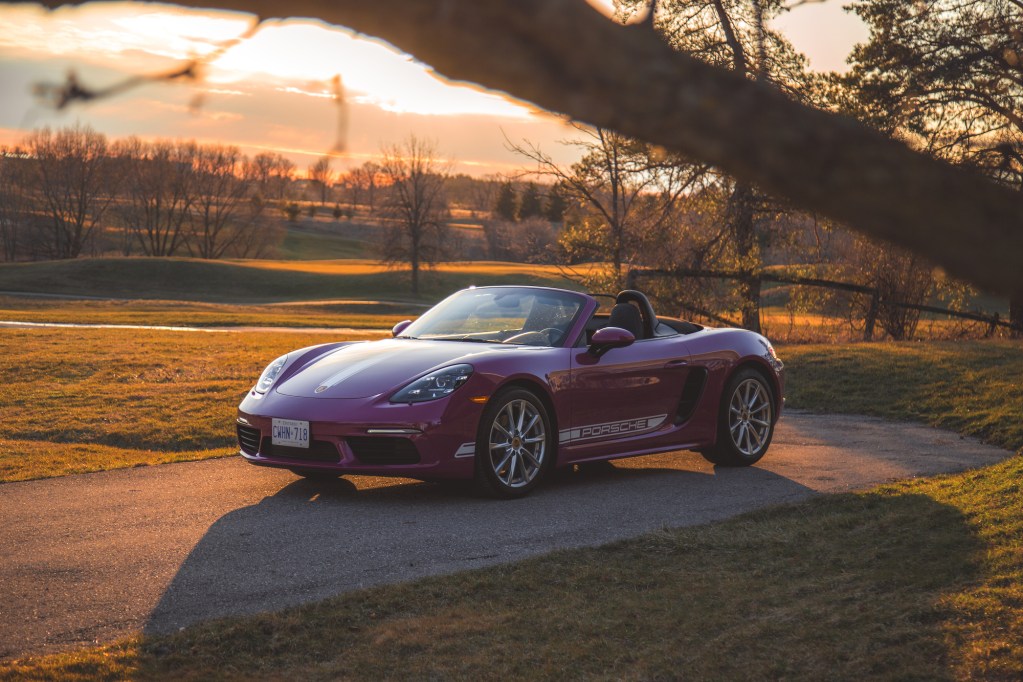
The flat-four engine has been and remains a sore spot for the Boxster. It is an excellent low-speed companion that accomplishes a great deal with very little, but it does not inspire us to explore the full potential of its powerband. It’s a far cry from the rev-happy naturally aspirated 4.0-litre flat-six in the 718 Boxster GTS 4.0. And while turbo lag is minimal on takeoff, trying to trim your line mid-corner with some throttle is met with delay. It’s very noticeable and dilutes some of the purity of that organic and mechanical connection between the driver and the machine.

We would highly recommend the GTS or Spyder if money weren’t an issue, but if exhaust sound or engine response isn’t a top priority, then the flat-four should suffice. After all, it does rev to a blinding 7,500 rpm. But while loud in volume, the exhaust noise is not tuneful, nor is it very pleasant to listen to for long durations. Think of it like a higher-pitched Subaru WRX flat-four.

Ironically, the best noises that come from the 718 aren’t from the exhaust. Rather, it’s from the traction control system. Swing the 718 into a high-speed corner and coax some power oversteer, and the traction and stability control systems with let out a ‘brap brap brap’ like a 2000s Formula 1 car, and sounds mischievous despite it being a buzzkill and cutting power to the throttle.

Aside from the underwhelming engine, the 718 makes up for it with wonderfully precise steering and an enjoyable suspension and chassis setup. It can be challenging to pinpoint exactly why all Porsches are so engaging to drive. It’s a fact that remains true throughout their entire model range, whether it’s a base Macan or an electric Taycan. We believe it boils down to the points of driver interaction. Porsche has thrown all their R&D into this and doubled down. They realized that if you can make the driver feel at one with the machine, you will sell as many cars as you can produce.
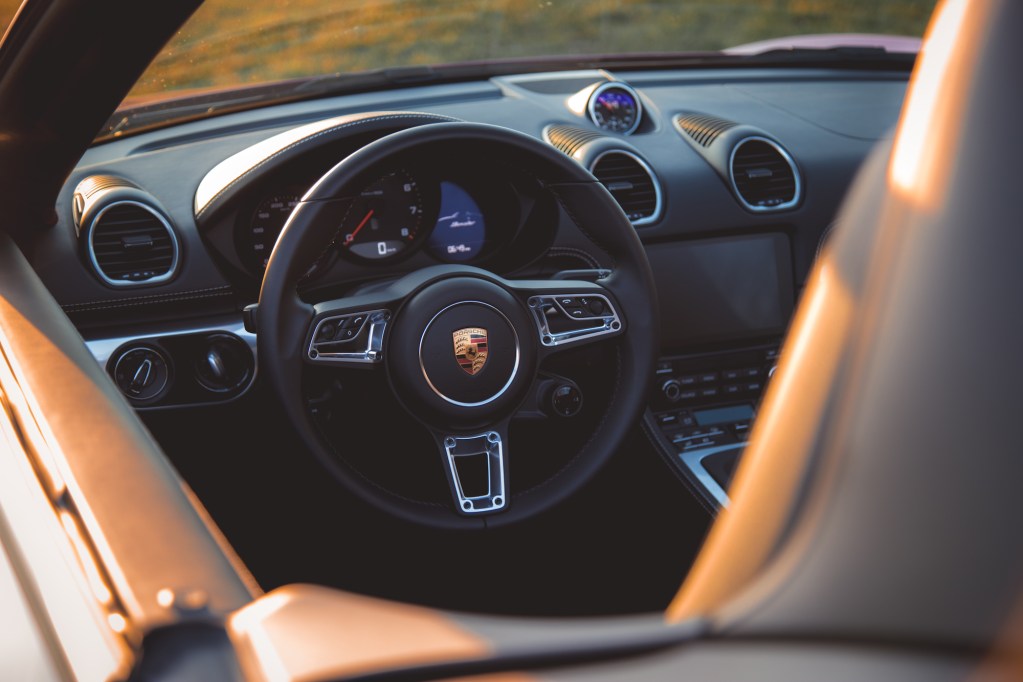
It starts with the steering, the gateway to driver involvement. It’s heavy here at low speeds but the small diameter steering wheel is full of feel. It breathes with the road and relays its texture to your fingertips, lightening up when the grip lets go and tightening up when the grip is at its maximum. Weirdly enough, if this steering wheel were any larger in diameter, we don’t think it would feel as agile or as reactive.

Brimming with feedback, the steering augments and amplifies the natural balance of this small, mid-engined roadster, and makes it agile and always willing to change direction with verve and vigour. Porsche may tempt you with its array of performance upgrades, such as an adaptive suspension ($2,050), torque vectoring ($1,510), and a 7-speed PDK ($3,660), but our test vehicle did not have any of these options equipped, and we genuinely do not think they are necessary at all.

The next point of interaction is the gear lever, ours trimmed in optional brushed aluminum (again, not necessary). The gates are clean-cut, the shifter travel is minimal, and it’s very difficult to miss a shift or be unaware of which gear you have selected. There’s a satisfying clunk when slotted in as well, and it is a very rewarding unit to row through. However, we’d argue that the shifter in the Honda Civic Si and Type R (FL5) eclipses the Porsche’s by a fine margin due to the latter’s superior tactility and shorter throw.


Of note, auto rev-matching is automatically activated in Sport and Sport Plus modes, but annoyingly, it can only be switched off by fully deactivating the stability control. Not even the mid-way PSM Sport mode, which allows for extra slip before the electronic nannies kick in, can deactivate it. A dedicated button for rev-matching, like in other sports cars, would have been much appreciated.

Lastly, the pedals. It may seem like an afterthought for some but pedal positioning is incredibly important in a sports car, and allows the driver to feel at one with the car. In the 718, the three pedals are perfectly spaced for heel and toe shifting, and the footwell offers more than enough wiggle room for your knees to stretch, unlike in some other convertibles. The clutch is on the heavier side but it’s by design, as it adds consistency and linearity to the bite point. This makes it difficult to stall.
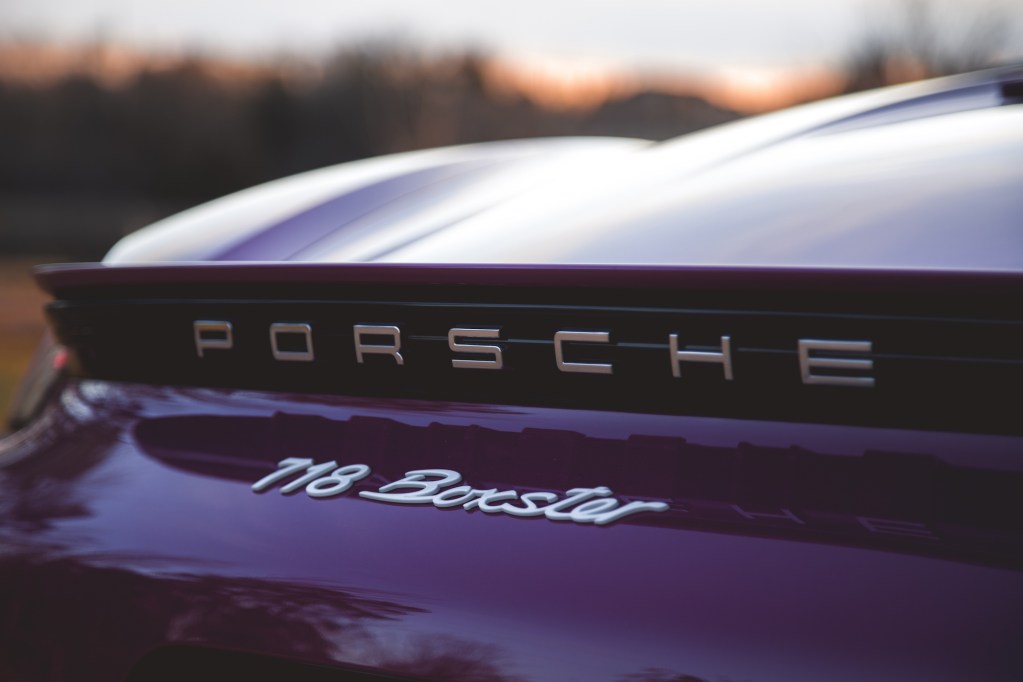
The Porsche 718 Boxster is an authentic and analog two-seater sports convertible that delivers performance and driver engagement in spades. It’s not our particular cup of tea with the pink spec and four-cylinder engine, but its immersive steering, gratifying shifter action, and perfect pedal positioning more than make up for it. We woke up every morning with a driving itch and the 718 scratched it. It may be the end of an era for the combustion-powered Boxster but considering how well the Taycan drives, we have high hopes that Porsche will find a way to make their next generation of electric roadsters just as appealing.
Specifications:
Model: 2024 Porsche 718 Boxster Style Edition
Paint Type: Ruby Star Neo (Rubystone Red)
Base Price: $86,200
Price as Tested: $101,650
Wheelbase(mm): 2,475
Length/Width/Height (mm): 4,379 / 1,801 / 1,271
Engine: 2.0-litre turbocharged flat four-cylinder
Horsepower: 300 hp @ 6,500 rpm
Torque: 280 lb-ft @ 2,150 – 4,000 rpm
Transmission: 6-speed manual
Engine & Drive Configuration: Mid engine, RWD
Observed Fuel Consumption (L/100km): 13.2
Tires: Michelin Pilot Alpin; 19-inch




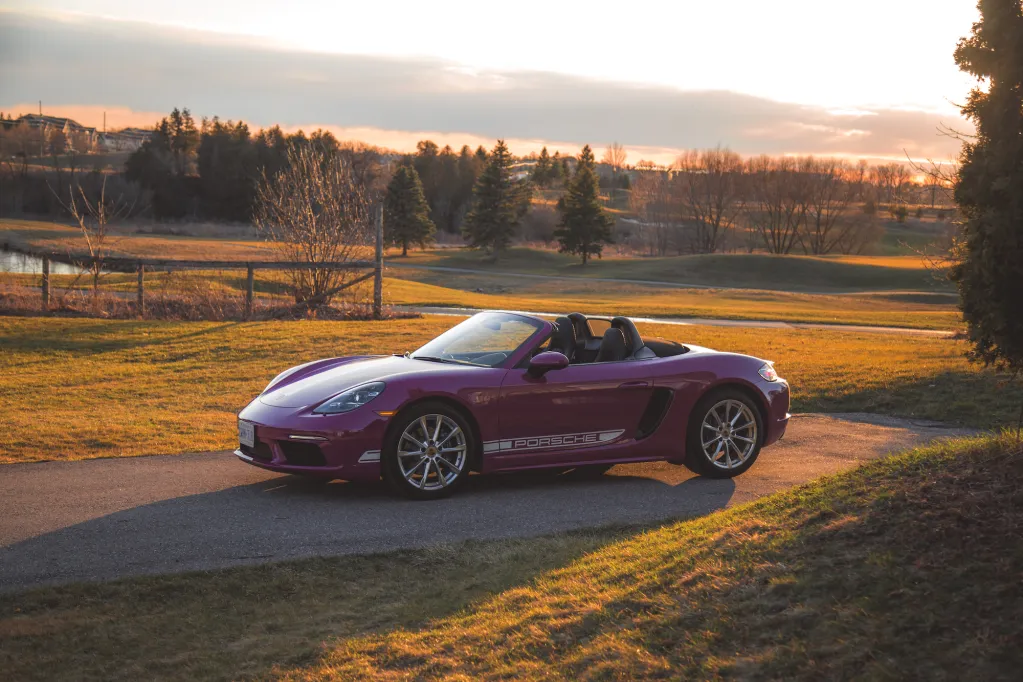

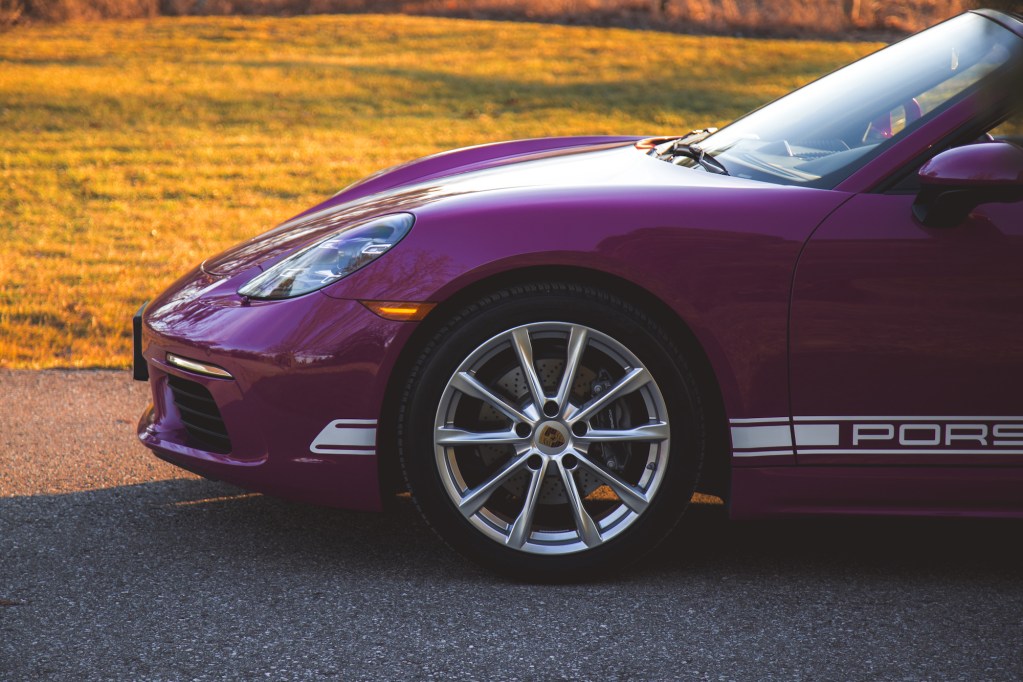


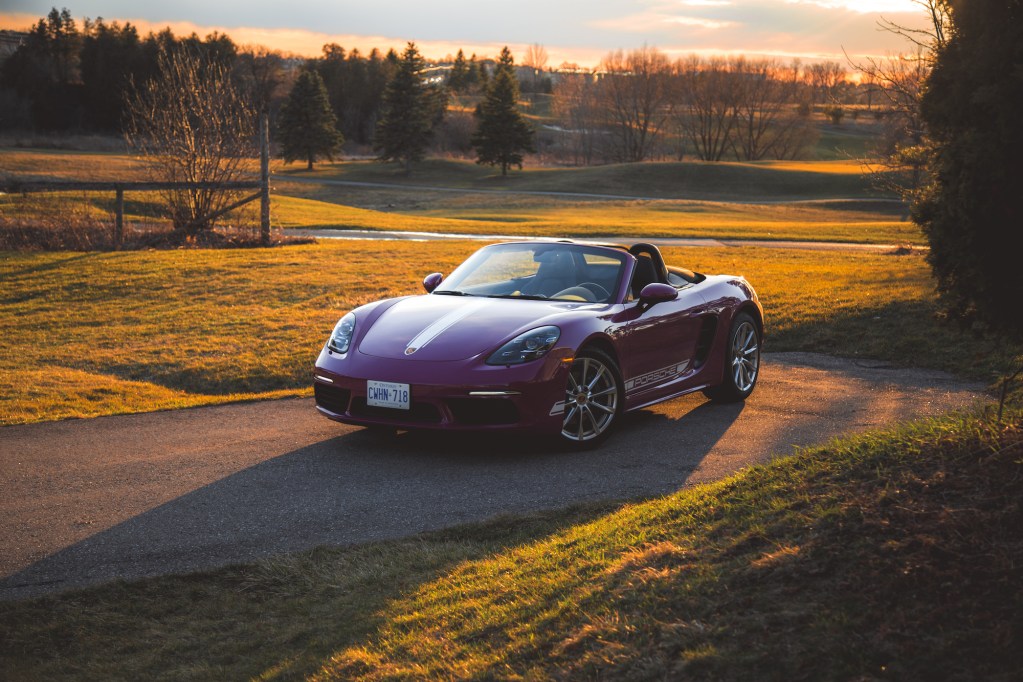













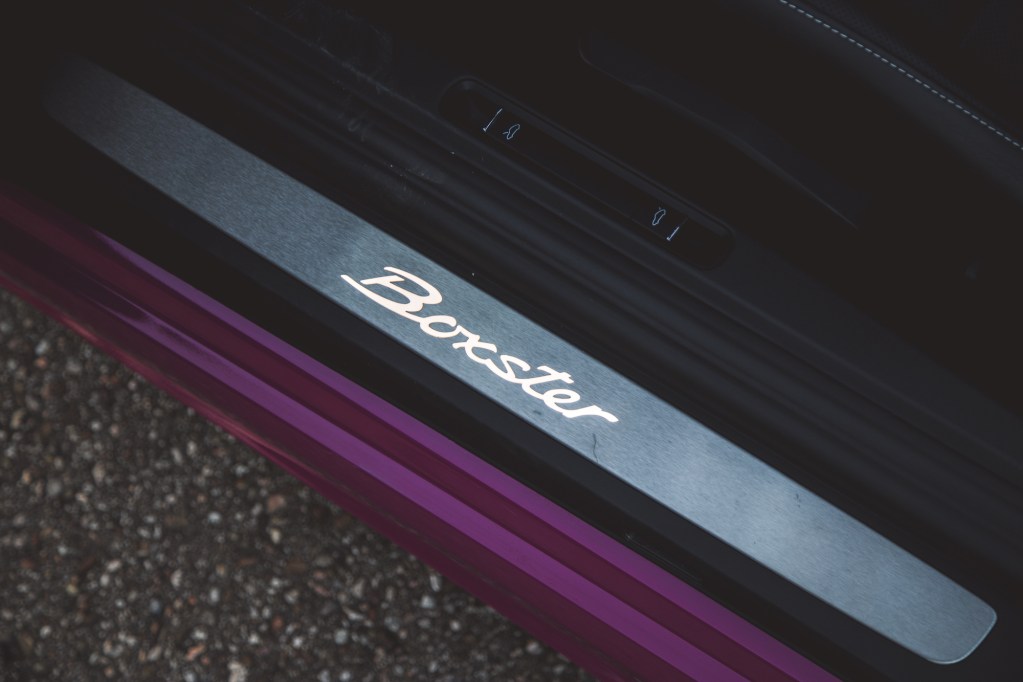











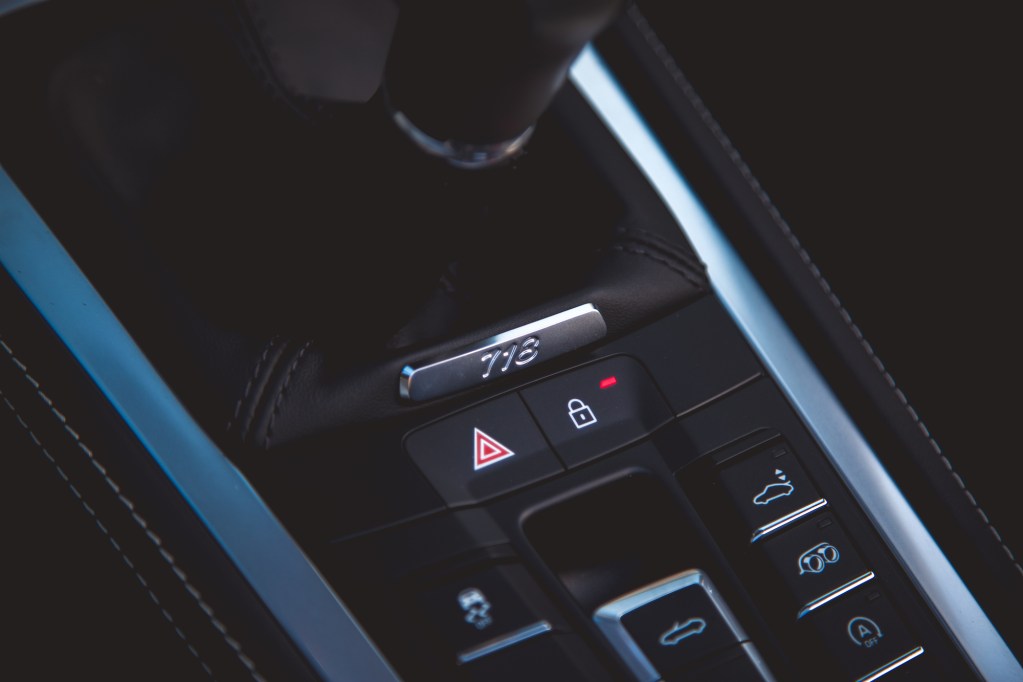







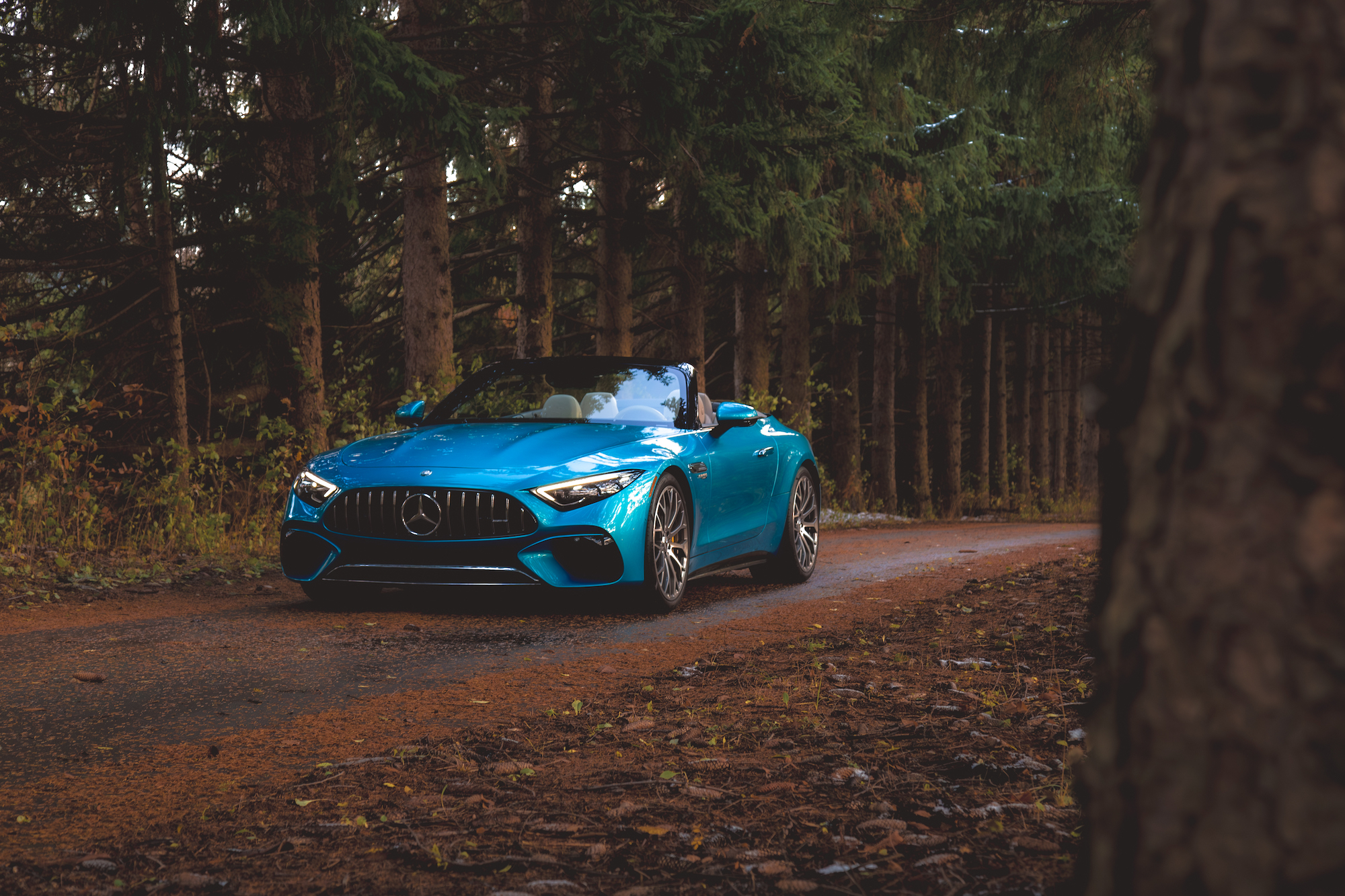

Leave a Reply